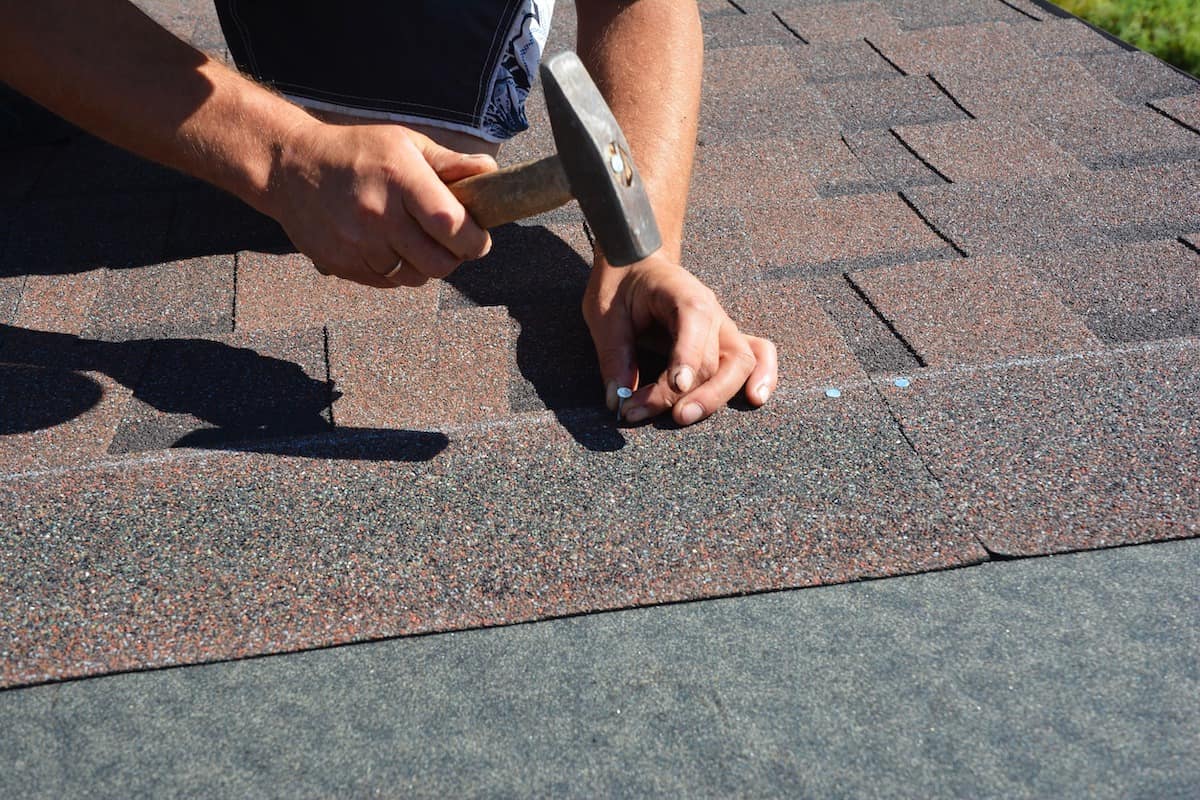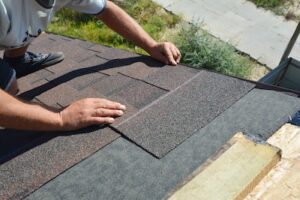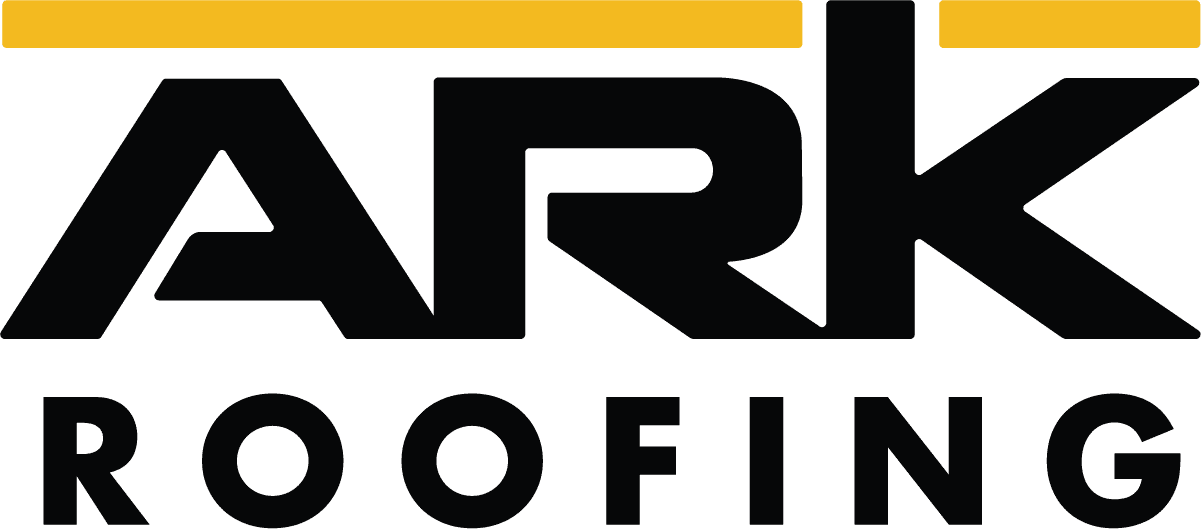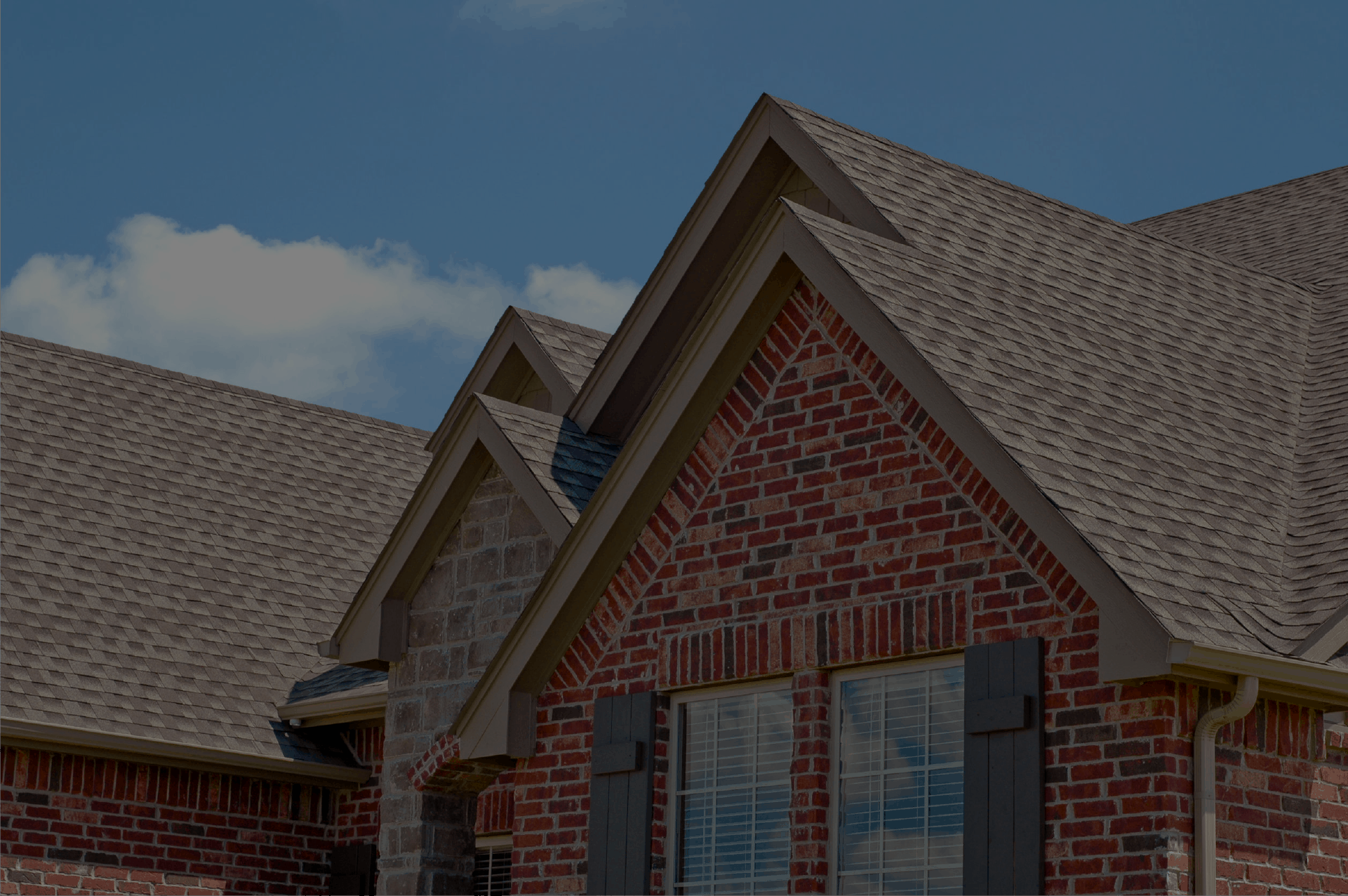
05 Jan How to Protect Your Roof From Weather Damage
Our roofs are one of the most expensive to replace and needed elements of our homes. Replacing a roof can be quite an investment for the average homeowner. After purchasing my home, I wanted to know the best ways to protect my roof from weather damage. I believe in preventative maintenance to protect my home investment for the long term. In my attempts to determine the answer to this question, I began researching. My research led me to find some excellent methods to keep my roof safe despite what kind of weather my climate might bring. In this post, I will discuss some of the things I found.
So how do you protect your roof from weather damage? To protect your roof from damage, you need to replace any damaged shingles you find, repair any loose siding, clean your roof’s gutters, and make sure water is not pooling at your home.
In the rest of this post, I will discuss everything you need to know to protect your roof from weather damage. Weather damage can come from weather incidents like storms (wind, hail, rain, thunder), extreme temperatures, and hurricanes. Continue reading to discover the best ways to protect your home’s most prized investment.
Protecting Your Roof From Various Types of Weather
Often, water can be the culprit of the majority of damage to most roofs. An overabundance of water impacting your roof during certain types of storms can be disastrous. Various types of weather, such as storms (wind, hail, rain, thunder), can damage your roof. Your roof also can be damaged by extreme cold and heat temperatures and, of course, hurricanes. There are numerous ways to prevent damage from occurring to your roof.
-
Replace Damaged or Missing Shingles
If you see any damaged or missing shingles on your roof, replace them. A damaged shingle can easily break free from your roof. If missing, your home’s roof is further exposed to the weather. If there is a storm and you are missing shingles, wind or moisture can also get under the existing shingles and cause further damage.
-
Check Your Siding
Check your siding to see if it is loose. Water and wind can access your bare roof if your siding is loose. Strong winds and hail storms can loosen your siding and can lead to significant damage to your roof.
-
Keep Your Roof Gutters Clean
Keeping your roof gutters clean is essential. This is so important due to the effects that standing water can have on your roof and siding. Gutters help carry rain runoff away from your roof. If your gutters have debris, this can prevent the gutters from functioning properly. Examine your gutters for leaks or rust.
-
Take Care of Pooling Water
You must be mindful of water that could be pooling around your home. If you see pools of standing water on your roof after rain or a storm, it could indicate a bigger problem. You could have leaks or water damage on your roof.
By following these tactics, you may be able to avert the consequences of certain weather on your roof.

What Are The Common Causes of Roof Damage?
Weather is one of the major common causes of roof damage. However, other things can affect the life of your roof. The roof’s age can determine if your shingles are weak and brittle. Past repairs can also lessen the lifespan of your roof. Foot traffic to your roof can cause it to decline. If you have a roof that people are able to access as usable space, this could cause wear to the shingles or cause them to come up prematurely. Improper roof installation is another cause leading to roof damage. Next, the weather will significantly affect your roof if you are not keeping up with your repairs. Being consistent with needed repairs will aid in the life and health of your roof. Small leaks can turn into larger problems in the future.
Related Questions
Do I Need a Roof Inspection? A roof inspection can be an added expense that can assist you in the long term. A roof inspection will help you find repairs that only a professional can recognize. This will help extend the life of your roof.
Can I Spot Roof Damage By Examining the Ceiling in My Home? Yes, especially in the attic. If you notice damaged or moldy insulation, stained ceiling panels, puckering, or discolored sheetrock, these all indicate a possible roof leak. An inspection is needed if you see any of these issues.




Sorry, the comment form is closed at this time.